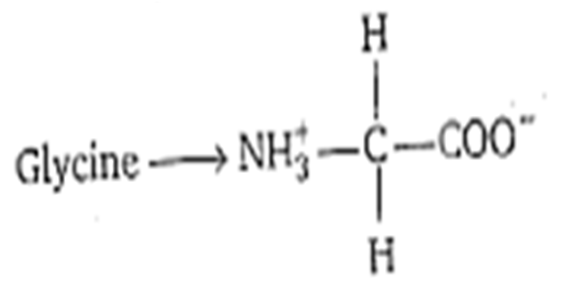 Multiple Choice Questions
Multiple Choice QuestionsWhich part of an animal virus is not reproduced in multiple copies?
Capsid
Protein
Envelope
Ribosome
The blood of cockroach contains no respiratory pigment. It means that
respiration is anaerobic
cockroach does not respire
oxygen goes directly into tissues by diffusion
oxygen goes into tissue by intracellular capillary system
Follicle Stimulating Hormone is secreted by
anterior lobe of pituitary
hypothalamus
gonads
poterior lobe of pituitary
Which of the following amino acids is not optically active?
Glycine
Valine
Leucine
Isoleucine
A.
Glycine
Glycine is the simplest and smallest amino acid. A compound is said to be optically active, when a chiral or asymmetrical carbon (ie, carbon attached to four different groups or atoms) is present. Since, chiral carbin is absent in glycine, it does not show optical activity. Other amino acids such as Valine, Leucine and Isoleucine etc contains atleast one chiral carbon, therefore, are optically active.

Which of the following vitamins is water soluble as well as an antioxidant?
Vitamin- B1
Vitamin-A
Vitamin-D
Vitamin-C
'Adaptation' of eyes in dark is due to
depletionof vision pigment in rods
depletion of vision pigment in cones
repletion of vision pigment in rods
repletion of vision pigment in cones
